How Invasive Species Benefit from Climate Change
Climate change is a hot topic, but have you ever considered how it impacts invasive species? These organisms, which thrive outside their native environments, are not just surviving; they're finding new opportunities to flourish as our planet's climate shifts. With rising temperatures, altered precipitation patterns, and changing ecosystems, invasive species are becoming more adept at taking over spaces that were once inhospitable to them. This article dives into the fascinating, albeit troubling, relationship between invasive species and climate change, highlighting how these changes can lead to significant disruptions in our ecosystems.
Invasive species are organisms that are non-native to a specific ecosystem and can cause considerable harm to the environment, economy, or human health. Think of them as uninvited guests at a party who not only refuse to leave but also start taking over the whole event. They outcompete native species for resources, alter habitats, and can even introduce diseases. To grasp their impact, we must first understand their characteristics and behaviors. Invasive species often reproduce rapidly, have few natural predators in their new environments, and can adapt to a wide range of conditions, making them formidable opponents against native flora and fauna.
As the climate changes, so do the dynamics of ecosystems. Temperature fluctuations, changes in rainfall, and alterations in habitat availability all contribute to the survival and proliferation of invasive species. Native species, adapted to specific environmental conditions, often struggle to cope with these rapid changes. In contrast, invasive species, with their flexible survival strategies, can exploit these new conditions to their advantage. This section explores how these environmental shifts create favorable conditions for invasive species to thrive.
One of the most significant effects of climate change is the rise in global temperatures. Warmer climates can enhance the survival and reproduction rates of invasive species, allowing them to expand their range into areas that were once too cold for them. For instance, species like the Burmese python have moved into the Florida Everglades, thriving in the warmer temperatures that have become more common in recent years. This phenomenon raises a critical question: how many more species will follow suit as our planet continues to warm?
Climate change doesn't just affect temperatures; it also alters growth seasons. With longer growing seasons, invasive species can outcompete native plants that may not be able to keep up with the new timeline. Imagine a marathon where one runner has a head start; this is what happens in ecosystems where invasive species are concerned. They can capitalize on extended growth periods, pushing native flora out of the way and disrupting the delicate balance of the ecosystem.
As invasive species thrive in warmer conditions, native populations often decline. This competitive advantage can lead to significant biodiversity loss. Native species may find themselves fighting for resources against these aggressive invaders, which can lead to a cascade of negative effects throughout the food web. For example, when a non-native plant species takes over, it can alter the entire habitat, affecting insects, birds, and other animals that rely on native plants for food and shelter.
Climate change also brings about alterations in precipitation patterns, which can create new habitats for invasive species. Increased rainfall or prolonged drought conditions can favor specific invasive organisms that are better adapted to these extremes. For instance, the spread of certain aquatic plants has been linked to changes in water levels and quality. As these plants proliferate, they can choke out native species, leading to further ecological imbalance.
While climate change plays a significant role in the spread of invasive species, human activities exacerbate the problem. Trade, land development, and urbanization all contribute to the introduction and establishment of these organisms in new environments. This section explores how climate change interacts with human factors to facilitate invasions.
Increased global trade has made it easier than ever for invasive species to hitch a ride to new locations. Ships, planes, and trucks can unknowingly transport these organisms across borders, introducing them to ecosystems where they can wreak havoc. As climate change alters habitats, the likelihood of these species establishing themselves in new areas increases, leading to a potentially catastrophic impact on local biodiversity.
Urban expansion and habitat destruction create opportunities for invasive species to establish themselves. As natural habitats are converted into urban areas, the remaining ecosystems become more vulnerable to invasion. Climate change further complicates this issue, as altered weather patterns can create conditions that are more favorable for invasive species to thrive. The combination of human activity and climate change poses a significant threat to our planet's biodiversity.
- What are invasive species? Invasive species are non-native organisms that cause harm to the environment, economy, or human health.
- How does climate change affect invasive species? Climate change creates favorable conditions for invasive species, allowing them to thrive in new environments.
- Why are invasive species a problem? They outcompete native species for resources, disrupt ecosystems, and can lead to significant biodiversity loss.
- What can be done to control invasive species? Efforts include monitoring and managing populations, restoring native habitats, and increasing public awareness.
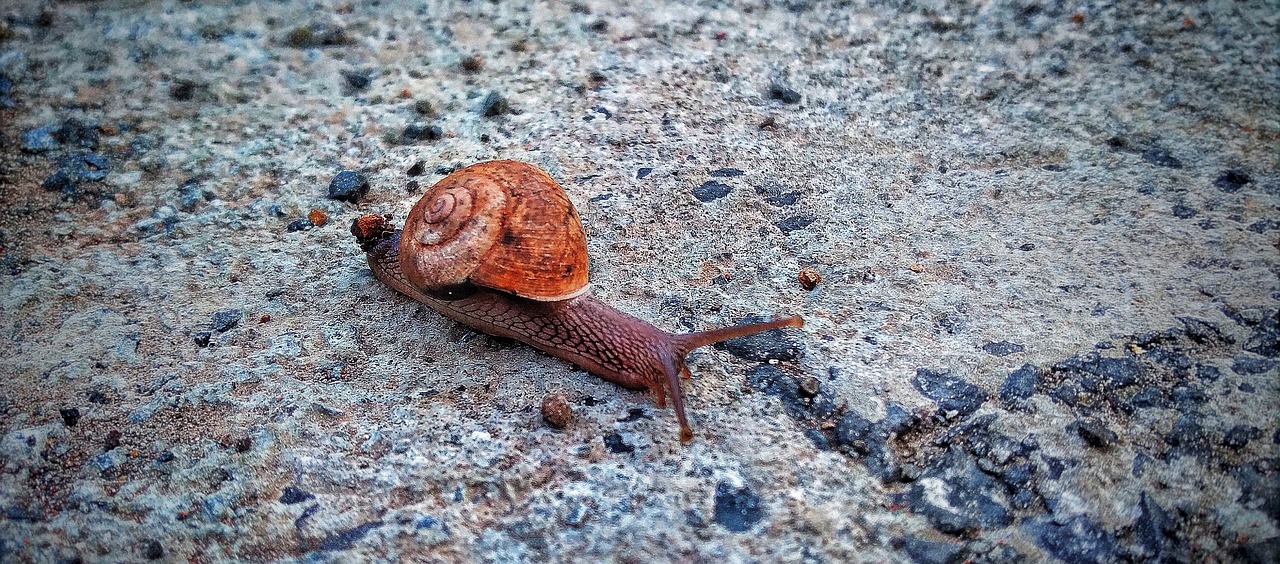
Understanding Invasive Species
This article explores the complex relationship between invasive species and climate change, highlighting how shifting environmental conditions can create opportunities for these organisms to thrive and disrupt ecosystems.
Invasive species are more than just uninvited guests in our ecosystems; they are often the *troublemakers* that can wreak havoc on local biodiversity. These organisms are typically non-native, meaning they originate from different geographical areas and have been introduced to a new environment, either intentionally or accidentally. What makes them particularly concerning is their ability to thrive in their new surroundings, often leading to significant ecological and economic consequences. To understand invasive species, we need to look at their characteristics, behaviors, and the impacts they can have on native species and ecosystems.
One of the defining features of invasive species is their rapid reproduction and growth. Unlike native species that have adapted to their specific environment over time, invasive species often lack natural predators in their new habitat, allowing their populations to explode. For instance, the zebra mussel, originally from the Caspian Sea, has invaded many freshwater ecosystems in North America, outcompeting native mussels and disrupting local aquatic food webs. This phenomenon is not just a random occurrence; it’s a pattern observed across various ecosystems worldwide.
Invasive species can be classified into several categories based on their impact and behavior. Some of the most common types include:
- Plants: Species like kudzu and Japanese knotweed grow rapidly and can smother native vegetation.
- Animals: Species such as the Burmese python in Florida have become apex predators, threatening local wildlife.
- Microorganisms: Pathogens like chytridiomycosis, which affects amphibians, can decimate entire populations.
Understanding the behavior of invasive species is crucial for assessing their impact on biodiversity. Many of these organisms possess traits that give them a competitive edge over native species. For example, they may have a broader range of environmental tolerances, allowing them to survive in conditions that would be hostile to native flora and fauna. This adaptability can result in the displacement of native species, leading to a decline in biodiversity and altering the structure of ecosystems.
Moreover, the economic implications of invasive species are significant. They can disrupt local industries, particularly in agriculture and fisheries, leading to financial losses and increased management costs. The United States alone spends billions of dollars annually on controlling invasive species and mitigating their impacts. The economic burden is not just a national issue; it’s a global challenge that requires concerted efforts for management and prevention.
In summary, understanding invasive species is essential for conserving biodiversity and maintaining healthy ecosystems. Their ability to thrive in new environments, coupled with their rapid reproduction rates, poses a significant threat to native species and the balance of ecosystems. As we delve deeper into the relationship between climate change and invasive species, it becomes increasingly clear that proactive measures are necessary to combat this growing problem.
Here are some common questions regarding invasive species and their relationship with climate change:
- What are invasive species? Invasive species are non-native organisms that can cause harm to local ecosystems, economies, and human health.
- How do invasive species affect native species? They often outcompete native species for resources, leading to declines in native populations and biodiversity.
- What role does climate change play in the spread of invasive species? Climate change alters environmental conditions, making it easier for invasive species to establish and thrive in new areas.
- How can we control invasive species? Effective management strategies include monitoring, prevention, and removal efforts, alongside public education on the risks associated with invasive species.
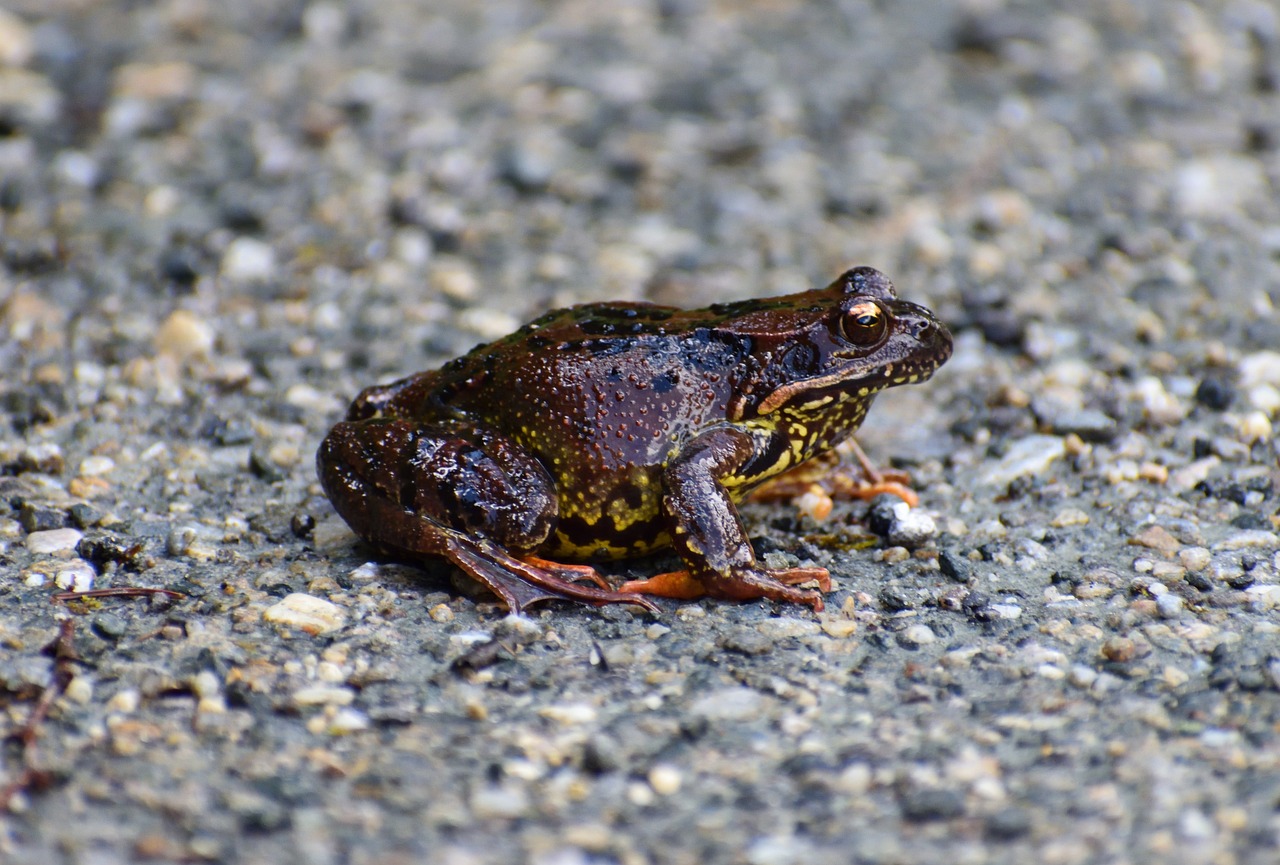
Climate Change and Ecosystem Dynamics
As our planet warms, the intricate web of life within ecosystems is being reshaped in ways we are only beginning to understand. Climate change is not just a slow burn; it’s a raging fire that alters the very fabric of our natural world. The interplay between rising temperatures, shifting precipitation patterns, and habitat availability creates a perfect storm for invasive species to thrive. Imagine a game of musical chairs, where the music is climate change, and the chairs are the habitats that native species once occupied. As the music changes, invasive species quickly grab the available seats, often pushing out the original occupants.
The effects of climate change ripple through ecosystems, affecting everything from plant growth to animal behavior. For instance, as temperatures rise, certain native species may struggle to adapt, while invasive species, which are often more resilient, find themselves in a prime position to take over. This dynamic can lead to a significant decline in biodiversity. When native species are pushed out, it’s not just their existence that’s at stake; the entire ecosystem can become unbalanced. Invasive species often come with their own set of traits that allow them to outcompete and dominate. They might reproduce faster, grow larger, or simply be better at exploiting the resources that are now more readily available due to climate change.
Moreover, the alteration of precipitation patterns plays a crucial role in this equation. Droughts can create stress on native plants, making them less competitive, while some invasive species thrive in such conditions. Conversely, increased rainfall can lead to flooding, which can disrupt the habitats of native organisms but provide a new home for invasive species that are adapted to such fluctuations. It’s like a game of chess, where every move a player makes can either protect their king or leave them vulnerable to checkmate.
In essence, the dynamics of ecosystems are in constant flux due to climate change. The conditions that once supported a rich tapestry of native life are now being redefined, often favoring those organisms that are not originally part of the ecosystem. This leads to a cascading effect where the loss of biodiversity can weaken ecosystem resilience, making it harder for these environments to recover from disturbances. The consequences are profound, as ecosystems that once thrived become shadows of their former selves, dominated by a few invasive species that have capitalized on the changing landscape.
Understanding these dynamics is crucial. It’s not just about recognizing that invasive species are a problem; it’s about understanding how they fit into the larger picture of ecological health. As we continue to grapple with climate change, we must also consider the implications for biodiversity and the delicate balance of our ecosystems. The stakes are high, and the time to act is now.
- What are invasive species? Invasive species are organisms that are non-native to an ecosystem and can cause significant harm to the environment, economy, or human health.
- How does climate change affect ecosystems? Climate change alters temperature, precipitation, and habitat availability, which can disrupt the balance of ecosystems and favor the proliferation of invasive species.
- Why are invasive species more successful in warmer climates? Warmer climates can enhance the survival and reproduction rates of invasive species, allowing them to expand into new areas where native species may struggle.
- What can be done to control invasive species? Strategies include monitoring and managing habitats, restoring native species, and implementing policies to prevent the introduction of new invasive organisms.
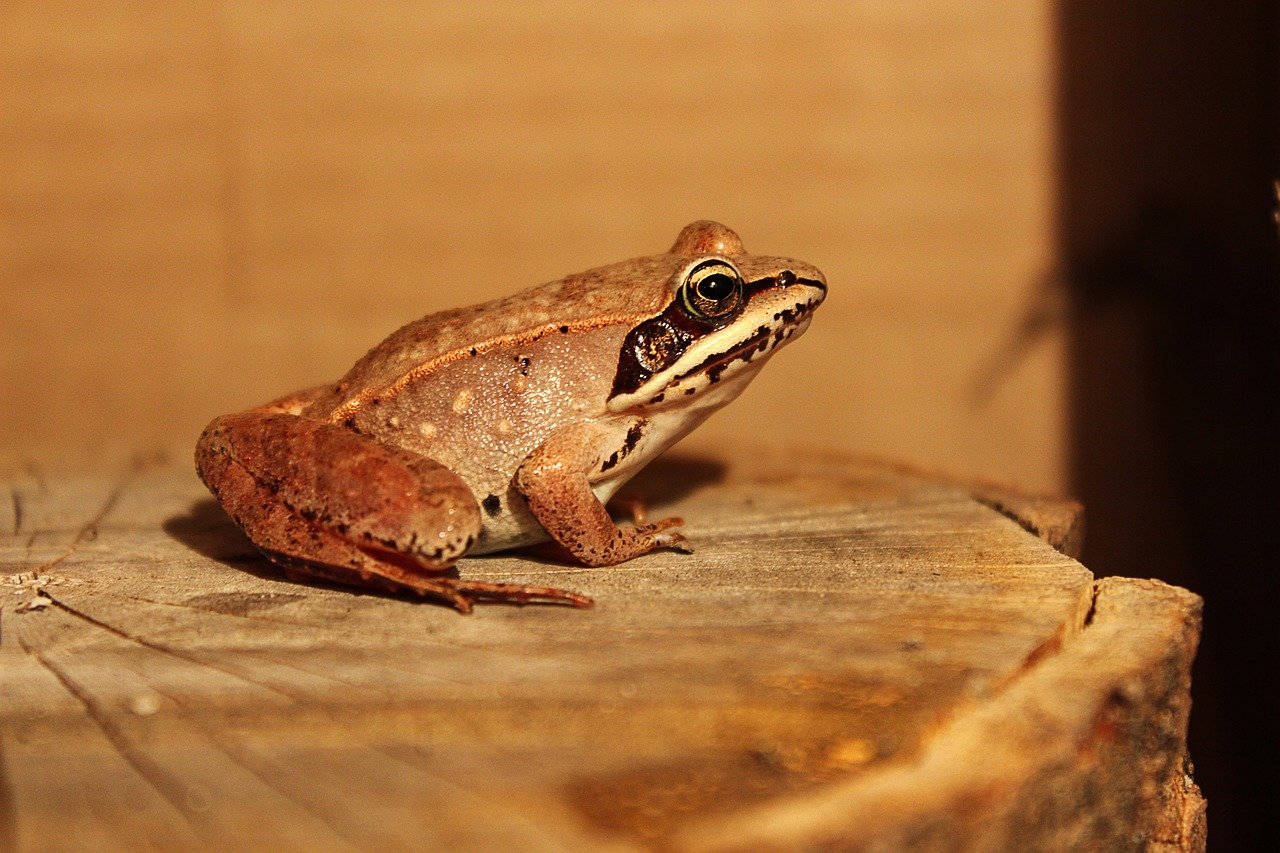
Temperature Increases
As the planet warms, we are witnessing a dramatic shift in the survival rates and reproductive capabilities of various organisms, particularly invasive species. The rise in global temperatures is not just a statistic; it’s a reality that reshapes entire ecosystems. Imagine a once-frigid region suddenly becoming a warm haven for species that previously could not survive there. This phenomenon is akin to opening the floodgates for new competitors, which can quickly take advantage of the favorable conditions. Invasive species, which thrive in warmer climates, are now finding new territories to conquer, leading to significant ecological imbalances.
Invasive species like the Burmese python in the Florida Everglades or the zebra mussel in the Great Lakes are prime examples of how temperature increases facilitate their expansion. These organisms are not just surviving; they are flourishing in environments that were once inhospitable. With temperatures rising, their metabolic rates increase, leading to higher survival and reproduction rates. For instance, studies have shown that many invasive plants can grow significantly faster in warmer temperatures compared to native plants.
Furthermore, the lengthening of warm seasons is another critical factor influencing the spread of these species. As winters become milder, invasive species can establish themselves more easily, leading to a longer growing season. This extended period allows them to outcompete native flora for resources such as light, water, and nutrients. The result? A shift in the balance of local ecosystems, where native species struggle to keep up with the invaders.
To illustrate the impact of rising temperatures on invasive species, consider the following table that summarizes key effects:
| Effect of Temperature Increases | Impact on Invasive Species | Impact on Native Species |
|---|---|---|
| Enhanced Survival Rates | Higher survival rates lead to population explosions. | Decline in native populations due to competition. |
| Increased Reproduction | Faster reproduction cycles allow for quicker establishment. | Struggles to reproduce and maintain population levels. |
| Longer Growing Seasons | More time to grow and spread in new areas. | Native plants may not adapt quickly enough to compete. |
In conclusion, as temperatures continue to rise, the implications for invasive species are profound. They are not merely adapting; they are exploiting the changing conditions to their advantage. This creates a ripple effect, impacting not just the native species but the entire ecosystem. It’s a wake-up call for conservation efforts, as we need to understand that the battle against invasive species is not just about managing them but also about addressing the root causes of climate change. The question remains: how do we combat an enemy that thrives in our changing world?
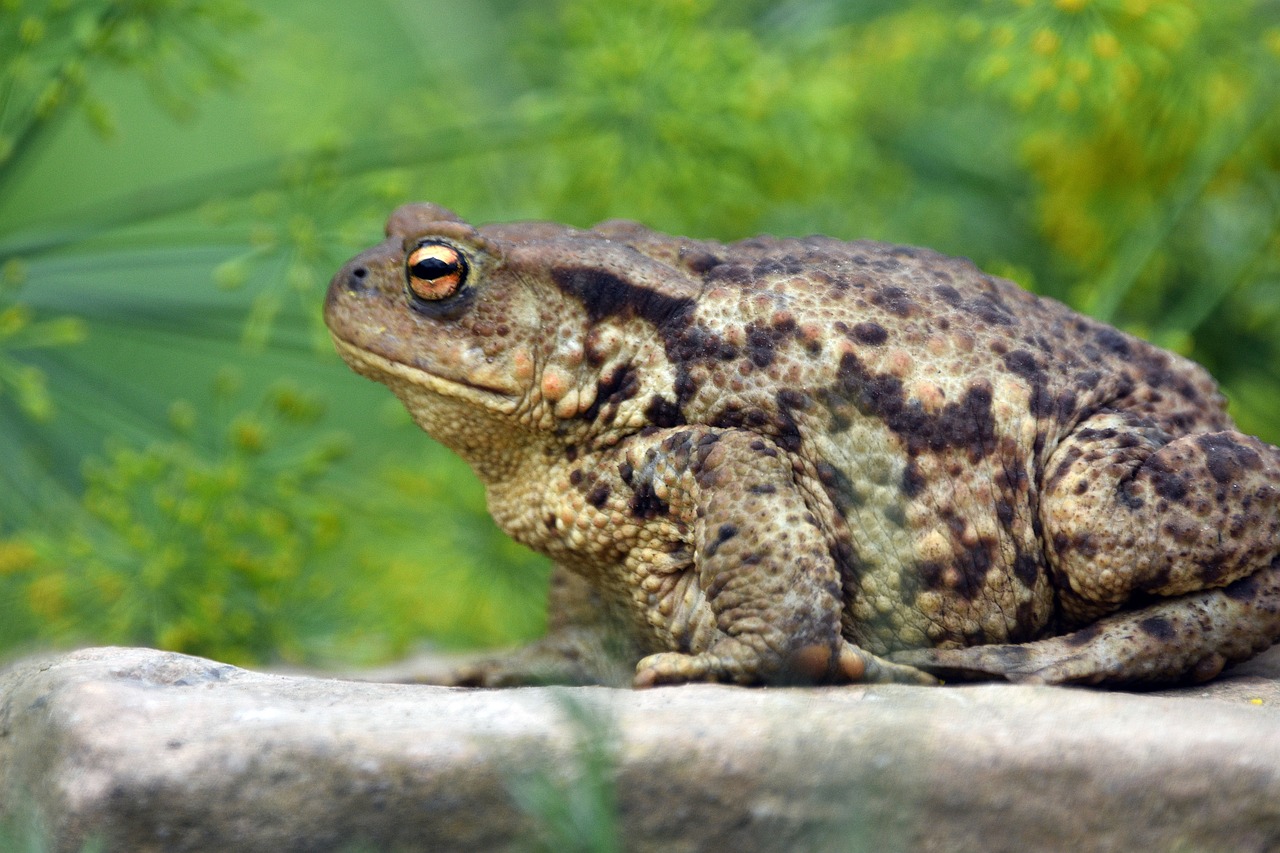
Altered Growth Seasons
The phenomenon of altered growth seasons due to climate change is nothing short of a game-changer in the natural world. As temperatures rise and weather patterns shift, we are witnessing a dramatic extension of the growing seasons in many regions. This shift doesn't just affect the plants and animals that we might traditionally think of; it has profound implications for the entire ecosystem, particularly when it comes to invasive species. Imagine a race where one competitor suddenly finds themselves with an extended time to train and prepare—this is precisely what invasive species are experiencing.
In regions where the growing season has lengthened, invasive species can take advantage of the additional time to establish themselves, spread, and outcompete native flora. For instance, plants that typically thrive in warmer climates may begin to flourish in areas that were once too cold for them. This not only disrupts the local plant communities but also affects the animals that depend on native plants for food and habitat. The result? A cascading effect that can lead to a significant decline in biodiversity.
Moreover, the longer growing seasons can lead to a phenomenon known as phenological mismatch, where the timing of life cycle events becomes misaligned. For example, if an invasive plant species begins to flower earlier than native species, pollinators may start to favor the invasive plant, further diminishing the native populations. This situation creates a vicious cycle where the invasive species continue to gain the upper hand, while native species struggle to adapt.
To illustrate the impact of altered growth seasons, consider the following table that summarizes the changes in growing seasons for both invasive and native species:
| Species Type | Typical Growing Season (Days) | New Growing Season (Days) | Impact of Change |
|---|---|---|---|
| Native Species | 120 | 150 | Struggling to adapt; may decline |
| Invasive Species | 150 | 200 | Thriving; outcompeting natives |
This table highlights the stark contrast between the growing seasons of native and invasive species. With invasive species benefiting from the extended growing periods, the ecological balance is increasingly at risk. It's essential to recognize these changes and understand that the consequences extend beyond just the plants themselves; they ripple through the entire ecosystem, affecting wildlife, soil health, and even human agricultural practices.
As we move forward, it becomes crucial for conservationists, policymakers, and the general public to be aware of these shifting dynamics. Awareness and proactive measures can help mitigate the impact of invasive species and protect our precious ecosystems from further disruption. After all, if we don't pay attention to these changes, we might just find ourselves in a world where the natural order is turned upside down, and the consequences could be dire.
- What are invasive species? Invasive species are non-native organisms that, when introduced to a new environment, can cause harm to native species, ecosystems, and even human health.
- How does climate change affect invasive species? Climate change alters environmental conditions like temperature and precipitation, creating favorable conditions for invasive species to thrive and expand into new areas.
- What can be done to control invasive species? Control measures include monitoring and managing populations, restoring native habitats, and raising public awareness about the impacts of invasive species.
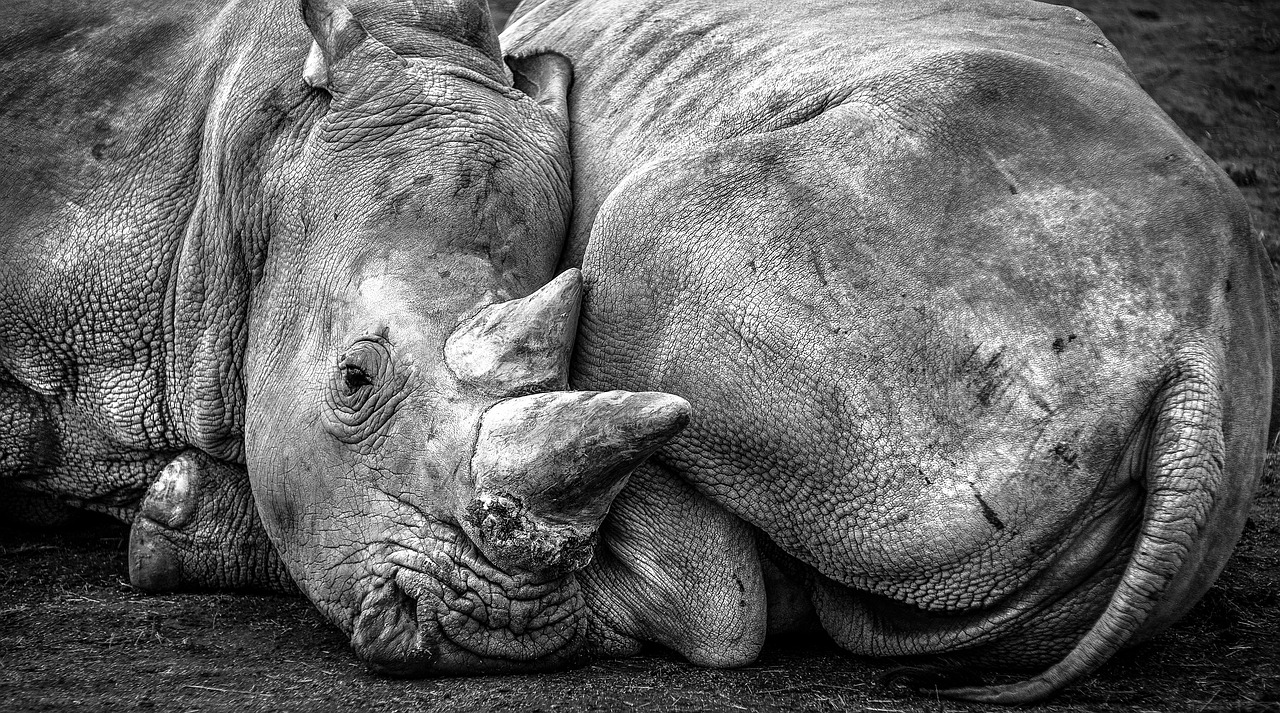
Impact on Native Species
The rise of invasive species due to climate change is a serious concern for ecosystems worldwide. As these non-native organisms flourish in warmer climates, they often outcompete native species for resources such as food, space, and sunlight. This competitive advantage can lead to a decline in native populations, which are often less adaptable to rapid environmental changes. Imagine a race where one runner has the advantage of a turbo boost while the others are stuck at a slower pace; this is essentially what happens in ecosystems when invasive species take hold.
Invasive species can disrupt established food webs, leading to a cascading effect on biodiversity. For example, when a new predator is introduced, it may not only hunt native prey species but also alter their behaviors, forcing them to change their feeding habits or habitats. This can result in a reduction in the native species' populations, further destabilizing the ecosystem. The loss of native species diminishes genetic diversity, which is crucial for resilience against diseases and environmental changes.
Furthermore, invasive plants can alter soil chemistry and nutrient cycling, creating conditions that are unfavorable for native flora. They may release allelopathic chemicals that inhibit the growth of surrounding plants, thus monopolizing resources. In this way, invasive species act like bullies on the playground, pushing the more vulnerable kids out of their favorite spots and claiming all the swings for themselves.
To illustrate the impact of invasive species on native populations, consider the following table that highlights a few notable examples:
| Invasive Species | Native Species Affected | Impact |
|---|---|---|
| Asian Carp | Native Fish Species | Decline in fish populations due to competition for food and habitat. |
| Common Reed (Phragmites australis) | Wetland Plants | Displacement of native wetland vegetation, altering habitat for wildlife. |
| Burmese Python | Small Mammals and Birds | Significant reduction in populations due to predation. |
As we witness the effects of climate change, it becomes increasingly clear that the battle between invasive species and native flora and fauna is intensifying. The changes in temperature and precipitation patterns create a perfect storm for these invaders, allowing them to thrive while native species struggle to adapt. In essence, it’s a game of survival, and unfortunately, many native species are losing ground.
In conclusion, the impact of invasive species on native populations is profound and multifaceted. As we continue to grapple with climate change, it's crucial to recognize the interconnectedness of these issues. Protecting native species from the onslaught of invasive organisms is not just about preserving biodiversity; it's about maintaining the health and stability of entire ecosystems.
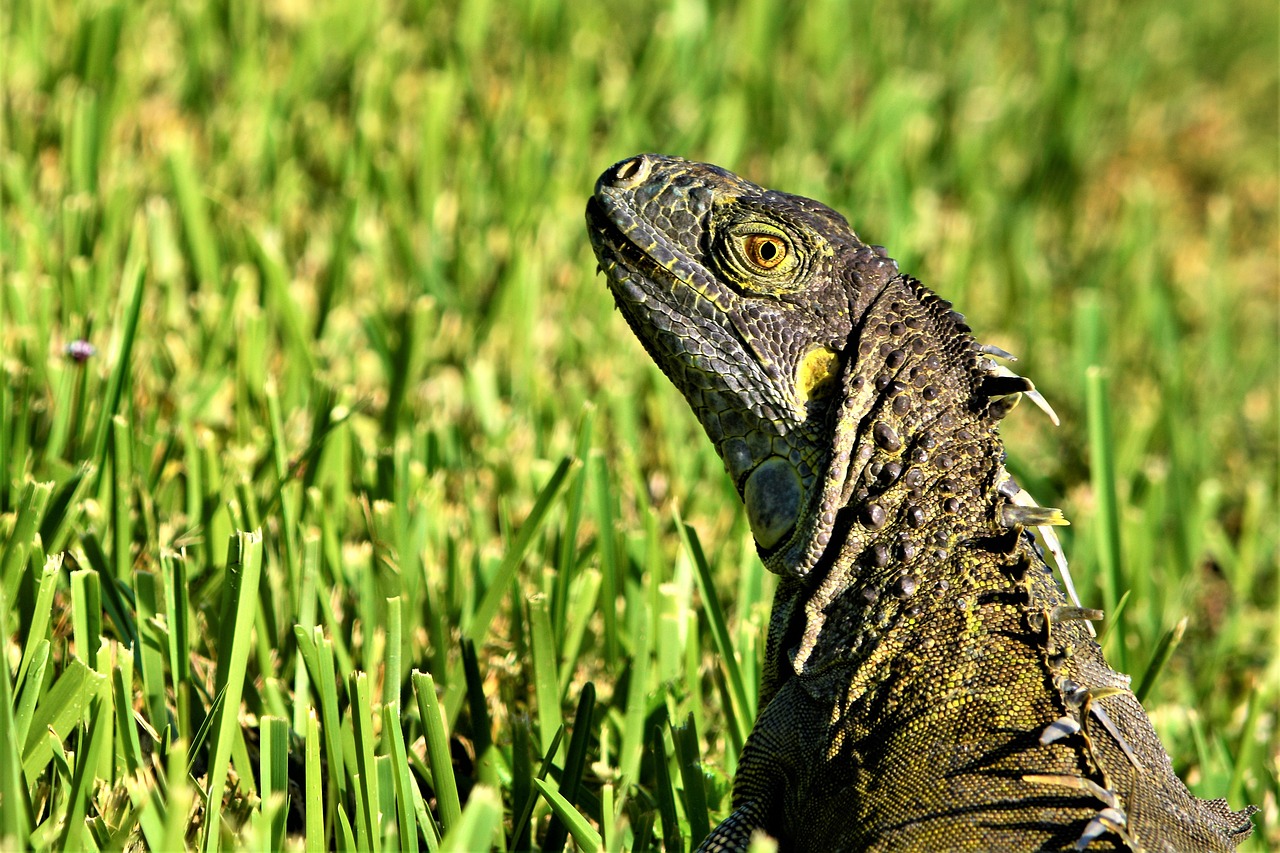
Changes in Precipitation Patterns
As climate change reshapes our planet, one of the most profound alterations is in precipitation patterns. This shift can create a double-edged sword for ecosystems, particularly facilitating the rise of invasive species. Think of it this way: just as a gardener tends to their plants, nature's balance can be disrupted when the wrong species get a little extra water or a change in their environment. Invasive species, which thrive in these altered conditions, can quickly outcompete native flora and fauna, leading to a cascade of ecological consequences.
For instance, consider a scenario where a region that typically experiences dry spells suddenly finds itself inundated with rainfall. This new water source can transform barren landscapes into lush habitats, providing a perfect breeding ground for invasive plants and animals. These organisms often have adaptations that allow them to exploit these new conditions more effectively than native species. They might grow faster, reproduce more quickly, or even have a broader tolerance for varying moisture levels. This competitive edge can lead to a rapid takeover, pushing native species to the fringes or even to extinction.
Moreover, invasive species can also shift the dynamics of soil health. Many invasive plants alter the soil chemistry, making it less hospitable for native species. For instance, some invasive plants can change the nitrogen levels in the soil, creating an environment that favors their growth while inhibiting that of local plants. This phenomenon can lead to a feedback loop where the invasive species thrive even more as they continue to alter their surroundings. The consequences are not just ecological; they can also have economic impacts, particularly in agriculture, where native crops may struggle to compete.
In regions experiencing increased flooding, invasive aquatic species may also gain the upper hand. These species can proliferate in standing water, often outcompeting native fish and plant species for resources. For example, the introduction of the zebra mussel in North America has caused significant disruptions in freshwater ecosystems, leading to declines in native mussel populations and altering the food web. The ripple effects of such invasions can be felt throughout the ecosystem, impacting everything from fish populations to water quality.
Conversely, prolonged drought conditions can also favor certain invasive species that are well adapted to survive with limited water. These species often have deeper root systems or other adaptations that allow them to access moisture more efficiently than their native counterparts. As native plants struggle to survive under these new, harsher conditions, invasive species can take hold, further disrupting the delicate balance of the ecosystem.
In summary, changes in precipitation patterns due to climate change are not just a matter of more or less rain; they can fundamentally alter the landscape and create opportunities for invasive species to thrive. This creates a complex web of interactions that can have lasting impacts on biodiversity and ecosystem health. Understanding these dynamics is crucial for developing effective management strategies to mitigate the impact of invasive species and protect our native ecosystems.
- What are invasive species? Invasive species are non-native organisms that can cause significant harm to ecosystems, economies, and human health.
- How does climate change affect invasive species? Climate change alters environmental conditions such as temperature and precipitation, creating favorable conditions for invasive species to thrive.
- Can invasive species impact agriculture? Yes, invasive species can outcompete native crops, leading to reduced yields and economic losses for farmers.
- What can be done to manage invasive species? Effective management strategies may include monitoring, early detection, and removal of invasive species, as well as restoring native habitats.
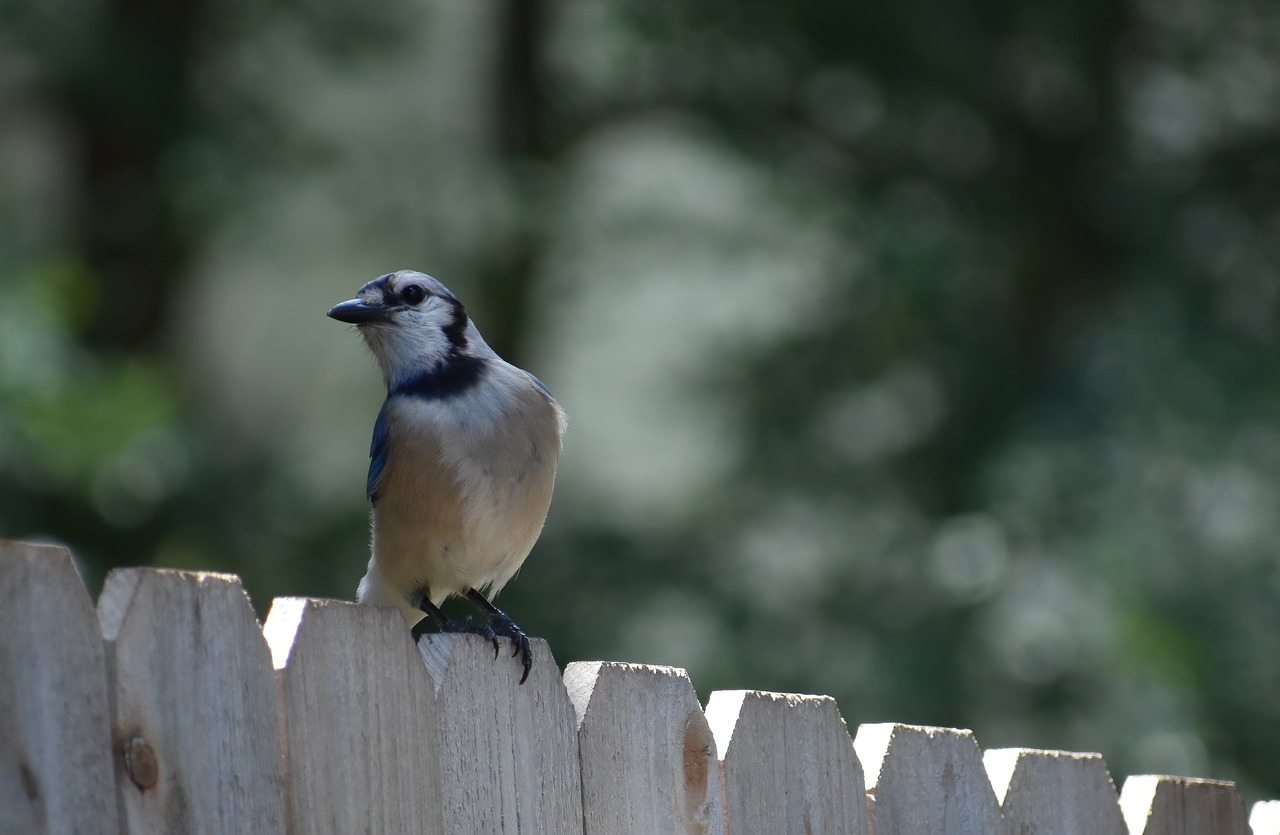
Human Activities and Invasive Species
Human activities are like a double-edged sword when it comes to the spread of invasive species. On one hand, we rely on trade and transportation to connect the world, but on the other hand, these same activities can unwittingly pave the way for non-native organisms to invade new ecosystems. Think about it: every time a cargo ship docks at a port, or a plane lands at an airport, there’s a chance that an invasive species could hitch a ride. This phenomenon isn't just a minor inconvenience; it can lead to significant ecological disruptions.
Take global trade, for instance. The increase in international commerce has created a perfect storm for invasive species. With goods being shipped across oceans, organisms can easily attach themselves to cargo or travel in soil and packing materials. A classic example is the introduction of the zebra mussel to the Great Lakes in the United States, which occurred through ballast water from ships. Once established, these mussels outcompete native species, leading to a cascade of ecological consequences. The table below illustrates some of the most notorious invasive species introduced through global trade:
| Invasive Species | Method of Introduction | Impact on Ecosystem |
|---|---|---|
| Zebra Mussel | Ballast water from ships | Outcompetes native mussels, alters food webs |
| Burmese Python | Pet trade | Preys on native wildlife, disrupts local ecosystems |
| Asian Carp | Aquaculture and bait buckets | Competes with native fish, alters aquatic ecosystems |
Urbanization also plays a significant role in the spread of invasive species. As cities expand, natural habitats are destroyed, creating fragmented landscapes that are ripe for invasion. Invasive plants, for example, often thrive in disturbed soils, outcompeting native flora that cannot adapt as quickly to changing environments. This disruption not only affects plant life but can also lead to declines in native animal populations that rely on these plants for food and shelter. Urban areas can become hotspots for invasive species, as they provide disturbed environments that are easier for these organisms to colonize.
Moreover, climate change exacerbates these issues. Warmer temperatures and altered precipitation patterns can create ideal conditions for invasive species to flourish. For instance, as urban areas heat up, invasive plants may find the warmth they need to grow and spread rapidly. The combination of human activity and climate change forms a vicious cycle, making it increasingly difficult to control the spread of these organisms.
To sum it up, human activities are a significant factor in the proliferation of invasive species. From global trade to urbanization, our actions create pathways for these organisms to invade and disrupt ecosystems. It’s crucial that we become aware of these impacts and take proactive measures to prevent further invasions. After all, preserving our native biodiversity is not just about protecting plants and animals; it's about maintaining the balance of our entire ecosystem.
- What are invasive species? Invasive species are non-native organisms that, when introduced to a new environment, can cause harm to the ecosystem, economy, or human health.
- How do invasive species affect native wildlife? They often outcompete native species for resources such as food and habitat, leading to declines in native populations.
- What can be done to prevent the spread of invasive species? Public awareness, stricter regulations on trade and transportation, and habitat restoration efforts can help mitigate the spread of invasive species.
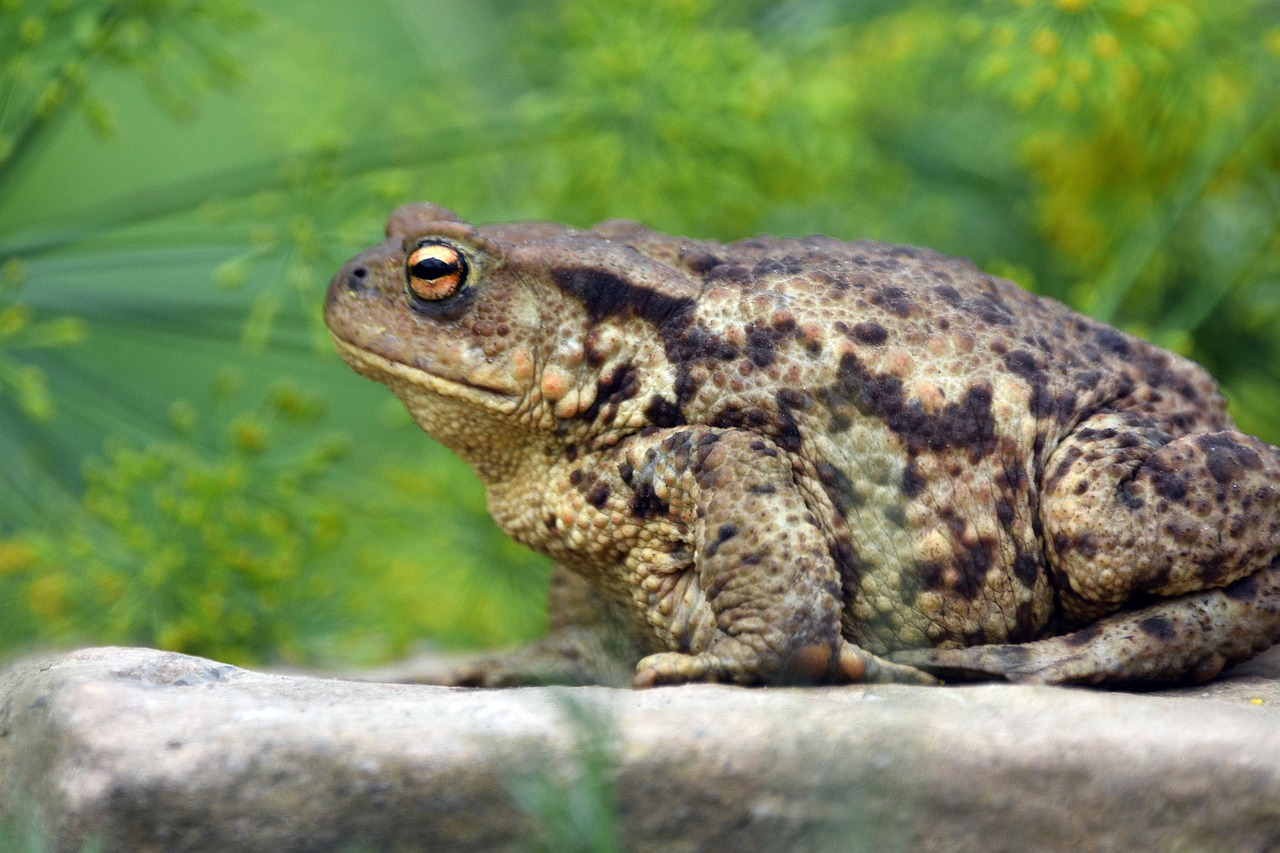
Global Trade and Transportation
In our increasingly interconnected world, global trade and transportation play a pivotal role in the spread of invasive species, often acting as unwitting accomplices in their proliferation. As goods and services traverse borders, they carry with them not just products, but also the potential for non-native organisms to hitch a ride into new ecosystems. Imagine a small plant seed nestled in the soil of a potted plant shipped from one continent to another. This seed, once planted in a foreign land, can take root, thrive, and eventually outcompete local flora, dramatically altering the landscape.
One of the most concerning aspects of this phenomenon is the sheer volume of trade that occurs globally. According to recent statistics, over 11 billion metric tons of goods are transported across the globe each year, creating countless opportunities for invasive species to spread. The following table illustrates the major pathways through which these organisms can be introduced:
| Pathway | Examples | Potential Risks |
|---|---|---|
| Shipping Containers | Soil, plants, insects | Introduction of pests and diseases |
| Air Travel | Seeds, insects, pathogens | Rapid spread to distant locations |
| Tourism | Plant materials, animals | Unintentional transport of invasive species |
Moreover, the transportation of goods is not just limited to international borders; it also encompasses regional movements. Within countries, invasive species can spread from urban centers to rural areas, facilitated by road networks and trade routes. As cities expand and populations grow, the demand for goods increases, leading to more vehicles on the road, which can inadvertently transport seeds and pests.
In addition to the direct introduction of invasive species, climate change is exacerbating the situation. Warmer temperatures and shifting weather patterns can alter the habitats where these organisms thrive, making it easier for them to establish themselves in new regions. For instance, a species that was once confined to a specific climate zone may find new opportunities for survival as temperatures rise, leading to an increase in its range and impact.
Furthermore, the role of human behavior cannot be overlooked. Often, people unknowingly contribute to the spread of invasive species by engaging in activities such as gardening, where they may plant non-native species that can escape cultivation. This is especially true in urban areas where gardens can serve as launching pads for these organisms, allowing them to spread into surrounding natural areas.
In summary, the dynamics of global trade and transportation are intricately linked to the spread of invasive species. As we continue to rely on international commerce, it becomes imperative to develop strategies that mitigate these risks. This includes stricter regulations on the importation of plants and animals, public awareness campaigns about the dangers of invasive species, and increased vigilance in monitoring and managing ecosystems that are vulnerable to these threats.
- What are invasive species? Invasive species are non-native organisms that can cause significant harm to ecosystems, economies, and human health.
- How does climate change affect invasive species? Climate change creates conditions that can favor the survival and reproduction of invasive species, allowing them to thrive in new environments.
- What role does global trade play in the spread of invasive species? Global trade facilitates the unintentional introduction of invasive species through shipping, transportation, and tourism.
- How can we prevent the spread of invasive species? Prevention strategies include stricter regulations on imports, public education, and monitoring of ecosystems.
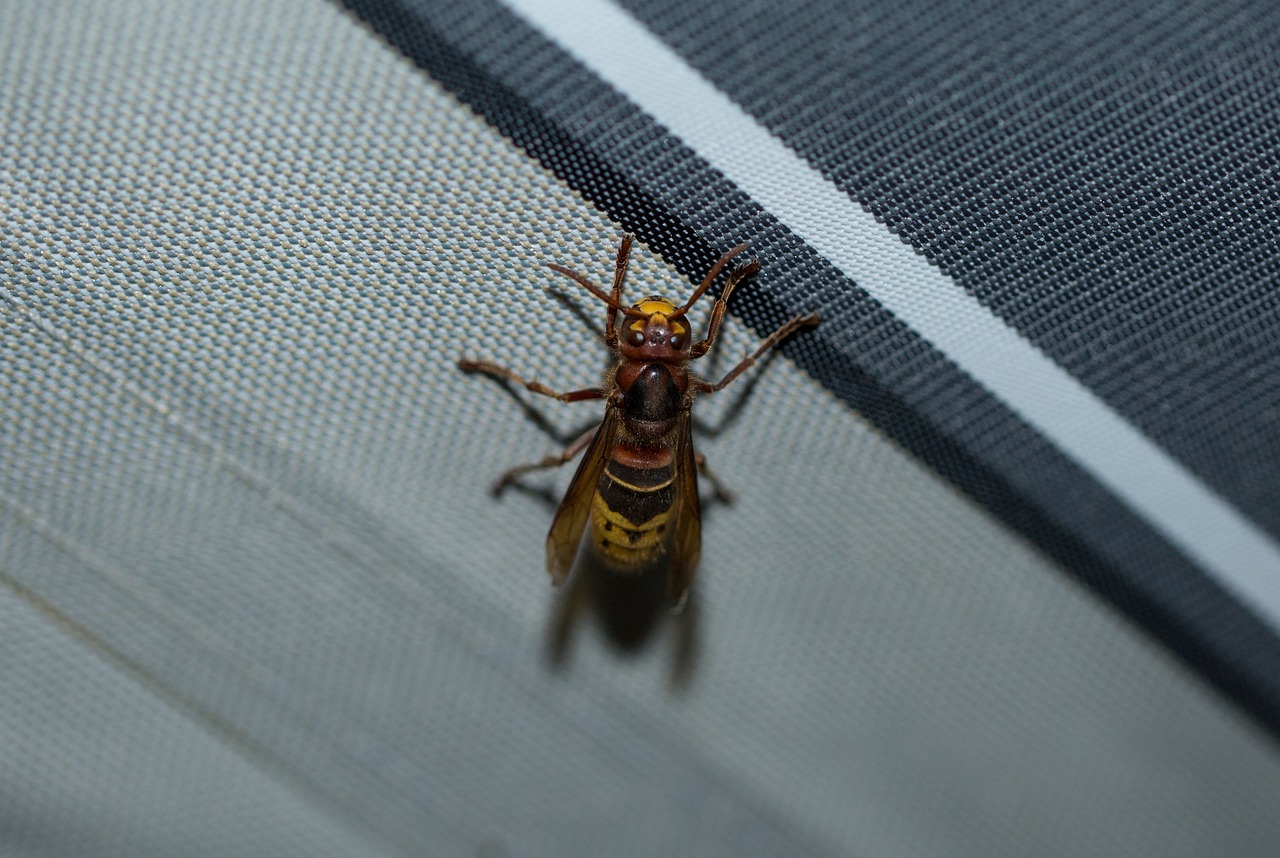
Urbanization and Habitat Disturbance
Urbanization is like a double-edged sword; it brings progress and development but also wreaks havoc on natural ecosystems. As cities expand, they often encroach upon natural habitats, leading to significant disturbances that can favor the establishment of invasive species. When we pave over green spaces to make room for roads, buildings, and other infrastructures, we not only alter the landscape but also create opportunities for non-native species to thrive. Imagine a bustling city where every inch of land is utilized, leaving little room for the native flora and fauna to survive. This scenario is becoming increasingly common, and the consequences are profound.
One of the key factors driving this phenomenon is the fragmentation of habitats. As urban areas expand, they break up larger ecosystems into smaller, isolated patches. These fragmented habitats can become ideal environments for invasive species, which often have the ability to adapt quickly to changing conditions. For instance, species like the Japanese knotweed and Canada thistle can easily take root in disturbed soils, outcompeting native plants that are less resilient. The result? A dramatic shift in biodiversity, where native species struggle to survive amidst the onslaught of invaders.
Moreover, urban environments typically offer favorable conditions for certain invasive species. With increased human activity, there is often a rise in waste and debris, providing food and shelter for opportunistic invaders. For example, rats and pigeons, both considered invasive species in many regions, thrive in urban settings where food is readily available. The urban heat island effect, where cities become significantly warmer than surrounding rural areas, can also benefit invasive species that prefer warmer climates, allowing them to proliferate even more.
Another aspect to consider is the role of human behavior in facilitating invasions. As people travel more frequently and engage in activities like gardening, they may inadvertently introduce non-native plants and animals into their local environments. This can lead to unintended consequences, as these species can escape cultivation and establish themselves in the wild. For instance, ornamental plants that are beautiful in gardens can become aggressive invaders, disrupting local ecosystems once they spread beyond their intended boundaries.
To combat the spread of invasive species exacerbated by urbanization, it is crucial to adopt sustainable urban planning practices. This includes creating green spaces that are designed to support native biodiversity, implementing strict regulations on the importation of non-native species, and promoting community awareness about the impacts of invasive species. By taking these steps, we can not only protect our native ecosystems but also enhance the resilience of urban environments against the threats posed by climate change and invasive organisms.
- What are invasive species? Invasive species are organisms that are non-native to an ecosystem and can cause significant harm to biodiversity and ecosystem health.
- How does urbanization contribute to the spread of invasive species? Urbanization creates disturbed habitats that can favor the establishment of invasive species, while also facilitating human activities that introduce non-native species into local environments.
- What can be done to prevent the spread of invasive species? Sustainable urban planning, community awareness, and regulations on non-native species can help mitigate the impacts of invasive species.
Frequently Asked Questions
- What are invasive species?
Invasive species are organisms that are not native to a specific ecosystem and can cause significant harm to the environment, economy, or human health. They often outcompete native species for resources, disrupt food webs, and alter habitats, leading to a decline in biodiversity.
- How does climate change affect invasive species?
Climate change creates favorable conditions for invasive species by altering temperatures, precipitation patterns, and habitat availability. These changes can enhance the survival and reproduction rates of invasive organisms, allowing them to thrive in new environments where they previously could not survive.
- What role does temperature play in the spread of invasive species?
Rising global temperatures can significantly benefit invasive species by increasing their survival rates and reproduction. Warmer climates can enable these organisms to expand into regions that were once too cold for them, giving them a competitive edge over native species.
- Can invasive species outcompete native species?
Absolutely! Invasive species often have traits that allow them to grow and reproduce more quickly than native species. This can lead to their dominance in a given area, ultimately resulting in the decline or even extinction of native populations.
- How do changes in precipitation patterns affect invasive species?
Changes in rainfall can create new habitats that are ideal for certain invasive species. For instance, increased rainfall can lead to the proliferation of aquatic invasive species, while drought conditions may favor those that can survive in drier environments.
- What human activities contribute to the spread of invasive species?
Human activities such as global trade, transportation, and urbanization play a significant role in the spread of invasive species. As goods and people move around the world, they can inadvertently introduce non-native species to new areas, where they can establish and thrive.
- How does urbanization impact invasive species?
Urbanization often disturbs natural habitats, creating opportunities for invasive species to establish themselves. As cities expand and natural areas are altered, invasive organisms can exploit these changes, further complicating efforts to maintain biodiversity.



















